Dr Elizabeth Tee: Registered Specialist in Equine Internal Medicine, University Veterinary Teaching Hospital Camden
It is always difficult predict how long a horse will live, but older horses are very common these days and usually much loved. Geriatric horses must never be taken for granted. This article will cover some important practical aspects of looking after older horses and will provide an insight into the more important diseases they suffer can suffer from.
WHAT IS AN OLD HORSE?
How do you define a geriatric or ‘old’ horse? There are a few ways to define age in a horse. A horse can either be aged chronologically (how many years the horse has been alive) or aged functionally. Functional age takes into account of the horse’s use. For example, a 10 year old Thoroughbred is “old” for racing, but “young” for Grand Prix dressage competition.
Most of the time, we refer to our horses by their chronological age. Currently, horses in the late 20’s and into their 30’s are considered geriatric.
A body condition score is an objective way to define the body condition of a horse, using a body condition score chart. The ideal body condition score for horses of all ages is 3/5 and the minimum acceptable body condition for horses of all ages is at least 2/5. Horses with very low body condition score, especially geriatric horses, has reduced immunity and reduced ability to combat extremes in environmental temperatures. Conversely, horses should also not be obese as this will lead to metabolic problems and laminitis.
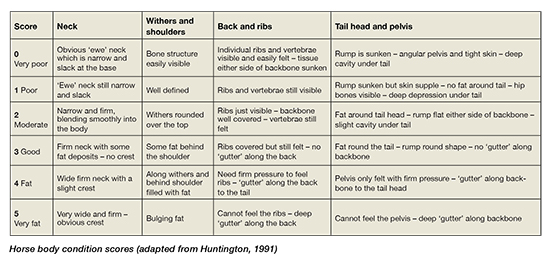 PREVENTIVE HUSBANDRY FOR OLD HORSES
PREVENTIVE HUSBANDRY FOR OLD HORSES
Geriatric horses potentially require a more closely monitored health regime compared to younger horses. A few areas that they are at higher risk of developing abnormalities include:
– Dentition (teeth)
– Parasite burdens
– Hoof care
– Hormonal problems
– Digestive system
DENTAL ISSUES
Horses have hypsodont type teeth. This means that they have a large amount of reserve crown and their teeth continuously erupt throughout their lives due to their grazing behaviour.
The most common dental abnormalities found in geriatric horses are ‘wave’ mouth and loss of teeth. Horses with multiple missing teeth will encounter these issues:
Not enough teeth to assist in grazing and proper chewing. This can result in weight loss despite being provided with adequate food.
Overgrowth of the opposing tooth of those missing teeth, resulting in trauma to the gums and the insides of their mouth. This can lead to pain and unwillingness to eat and ultimately weight loss.
What should you do?
Regular dental examination by your veterinarian or equine dentist. As a rule of thumb, 2-3 times per year is the minimum required attention especially in horses with missing teeth.
Customize a special feeding program for horses with missing teeth with your veterinarian.
Common equipment used to carry out a dental examination and teeth floating. Left: Hausmann’s gag; Right: Dental Rasps
What happens at a dental visit?
During a dental examination, your veterinarian will perform an initial physical examination prior to examining the mouth. He/she may administer a mild sedative for the procedure, depending on the temperament of the horse. A full mouth speculum or a Hausmann’s gag will be placed for a complete examination of the mouth, facilitated by a good light source. Your veterinarian will then examine the mouth visually, and by direct palpation. Any abnormalities such as sharp points will be corrected using special dental equipments.
PARASITE BURDENS
It is important to constantly monitor your geriatric horse for any parasite burden. Geriatric horses may have reduced immunity and maybe at higher risk of increased parasitism. Parasite burdens in horses can be monitored easily and cheaply by analysing their faeces for parasite eggs. This can be easily performed by your veterinarian by collecting freshly passed faeces. The faecal sample is then analyzed under a microscope for amount and type parasite eggs.
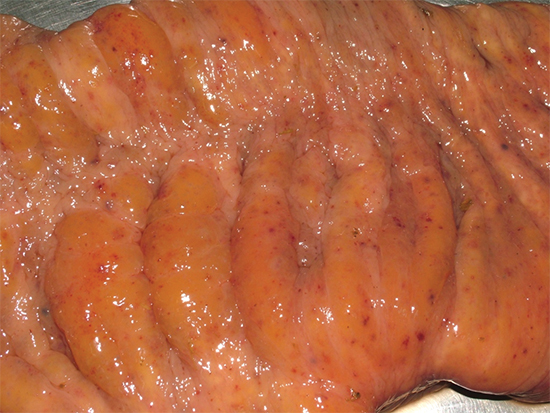
Encrusted ‘small red worms’
Common parasites that affect horses include large and small round worms (Strongyles), tape worms (Anoplocephalata) and pin worms (Oxyuris). Currently, the most important parasite in horses are the small Strongyles (cyathostomes), or commonly known as ‘small red worms’ . These parasites reside mainly in the large colon of horses, and have the unique ability to encyst themselves in the wall of the colon creating a hibernation state. This encysted stage can create problems by evading some types of anthelmintics (dewormers) and can cause severe diarrhoea.
Common clinical signs for horses with a significant parasite burden include:
– Poor hair coat
– Poor body condition and weight loss despite adequate feeding
– Intermittent soft faeces or diarrhoea
– Rubbing tail head (pin worms)
– Colic (tape worms, round worms)
In severe cases, very large parasite burdens of large round worms may result in intestinal blockage and death due to rupture or severe compromise of intestines. It is therefore important to discuss and formulate a deworming program with your veterinarian.
Based on the results of the faecal analysis, your veterinarian will determine the need for medication and the type of anthelmintic (dewormer) required if the parasite burden is significant. Administration of anthelmintics based on faecal analysis is very important, to reduce the frequency of drug usage and minimizing the risk of anthelmintic resistance in the parasite population. For more information regarding anthelmintic resistance, please consult your veterinarian.
Dewormers are commonly administered by mouth, and the amount to administer is usually determined by estimating/measuring the horse’s weight. It is important to ensure that the entire amount of medication is administered into the horse’s mouth. Ideally, another faecal analysis should be performed 2-3 weeks after deworming, to ensure that there was adequate reduction of the parasite burden.
HOOF CARE
It is crucial to maintain good hoof care in geriatric horses even if they are not in work. It is generally recommended to have a farrier attend to a geriatric horse’s feet once or twice a year even if they are not in work.
Geriatric horses will have similar hoof issues as younger horses such as stone bruises and quarter cracks. In addition, they are also more predisposed to laminitis if they have concurrent Equine Cushing’s Disease (see below), and will require more frequent hoof care by both farriers and veterinarians to maintain normal hoof conformation and comfort.
A preserved cross section of a foot with laminitis where the coffin bone has protruded from the sole
Laminitis is a potentially fatal disease characterised by inflammation of the soft tissues in the hoof. Typical clinical signs of laminitis include heat in the hooves, lameness in more than one limb, increased digital pulses and sensitivity to hoof testers. In severe cases, horses are in extreme pain, are unable to walk, exhibit weight loss and poor quality of life that may lead to euthanasia. Causes of laminitis include endocrine (hormonal) disorders, systemic diseases (eg severe diarrhoea or metritis), overloading of one limb and ingestion of lush pasture. Laminitis is usually diagnosed by clinical presentation and radiographs of the feet.
HORMONAL SYSTEM
Older horses tend to develop their own set of disease conditions and one very common hormonal disease of the geriatric horse is Equine Cushing’s Disease or Pituitary Pars Intermedia Dysfunction (PPID). It is a condition where degeneration occurs at the pituitary gland, leading to abnormal hormonal function.
This disease is usually seen in horses in their 20’s or above, and causes a set of typical clinical signs listed below:
– Quiet and docile
– Pot bellied
– Long and sometimes curly coat that fails to shed in summer
– Increased sweating
– Increased drinking and urination
– Loss of musculature on topline
– Recurrent infection with no apparent cause
– Recurrent foot abscesses
– Recurrent laminitis episodes
Horses will exhibit some or all of the clinical signs. If you suspect your horse has Equine Cushing’s Disease, please contact your local veterinarian. The definitive diagnosis involves blood tests that are catered to each patient.
Once diagnosed with Equine Cushing’s Disease, a treatment plan will be formulated for your horse. The treatment of Equine Cushing’s Disease is generally very successful and affordable. The disease is treated with an oral medication called Pergolide. This medication balances the hormonal system and reduces the clinical signs observed. Most importantly, the treatment reduces recurrent infections, foot abscesses and laminitic episodes. The medication is once a day and is lifelong. Improvement in clinical signs usually occur after 3-4 weeks of commencement of pergolide.
DIGESTIVE SYSTEM
Although many older horses are able to maintain a good to excellent body condition, weight loss is fairly common in geriatric horses. Some of the causes of weight loss and inability to maintain an appropriate body condition include dental abnormalities, reduced digestion or absorption of nutrients, internal diseases and hormonal dysfunction. Geriatric horses can succumb to gastric ulceration as well, especially if their feeding regime is poor, coupled with the presence of systemic diseases.
Most major commercial feed companies now offer “geriatric” feeds. These complete feeds are highly palatable, “predigested” or extruded to increase digestibility in older horses and generally suitable for horses with multiple missing teeth.
A gastric ulceration
Good pasture is the best food for old horses, and ideally, they should be allowed to graze constantly 24/7. Horses should be supplemented in addition with good quality hay and commercial complete geriatric feed if they are in work, or have little or no access to good pasture.
A general rule of thumb is to feed up to 2.5% of the horse’s ideal body weight, divided into 3-4 feeds per day. Horses should be allowed constant access to good quality hay and fresh water. Other caloric dense feed supplementation that may assist in maintaining body condition include vegetable oil, but these must be introduced slowly over a period of 2-3 weeks to a maximum of 2 cups per day.
CONCLUSION
Just because a horse is old, does not mean it has to be thin or in poor health. If your horse has a body condition score of less than 2/5, it is critical that the horse is attended to immediately by a veterinarian, to rule out internal diseases and customize a feeding program. By having a better understanding of geriatric horse conditions, we can hopefully provide an improved quality of life to horses in their ‘twilight years’
OUR GOLDEN OLDIES
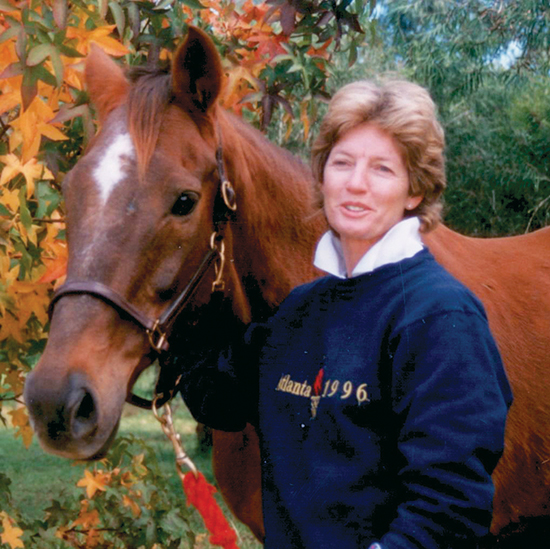 Vicki Roycroft and Apache, he returned home to Mt White to retire, and ended his days there in his paddock. He took a young Vicki to victory in the Grand Prix of Rome, and to represent Australia in the World Cup in Paris.
Vicki Roycroft and Apache, he returned home to Mt White to retire, and ended his days there in his paddock. He took a young Vicki to victory in the Grand Prix of Rome, and to represent Australia in the World Cup in Paris.
Stuart Tinney and Jeepster, members of the our Gold Medal winning team in 2000 and Australian representatives in WEG teams. Jeepster enjoyed his retirement in his home paddock.
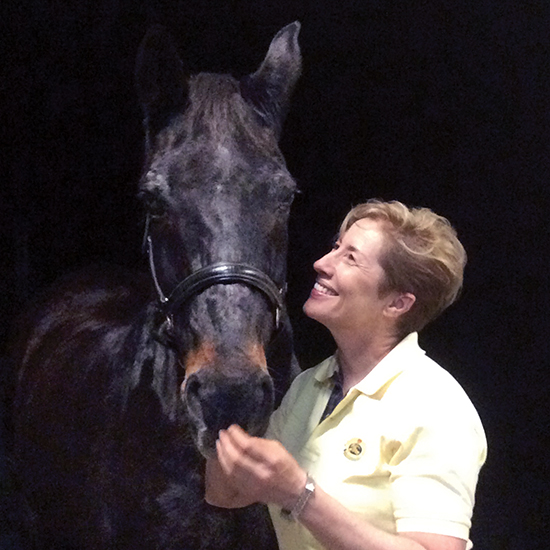 Ricky MacMillan and Crisp, competed successfully together in Europe in World Cups and came to Australia for the 2000 Olympics. Crisp is still happily ruling Ricky’s Gold Coast home.
Ricky MacMillan and Crisp, competed successfully together in Europe in World Cups and came to Australia for the 2000 Olympics. Crisp is still happily ruling Ricky’s Gold Coast home.
Larissa Chadwick and Aura Dell Alexander, the part Morgan pony who helped Larissa win a trip to Aachen. Here’s Brandy enjoying his retirement at home with Larissa today.



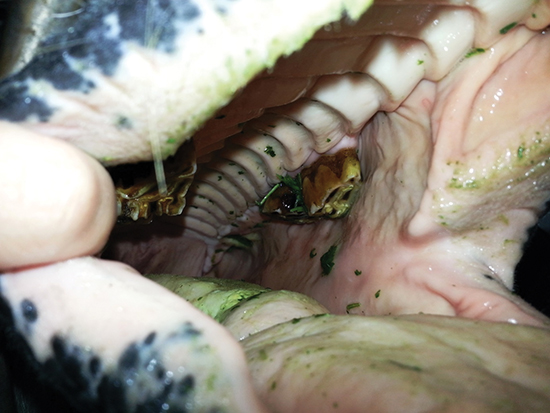
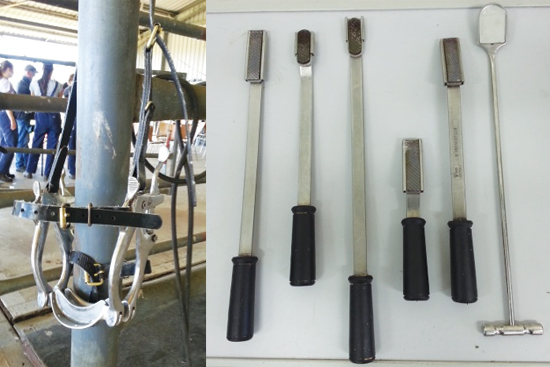
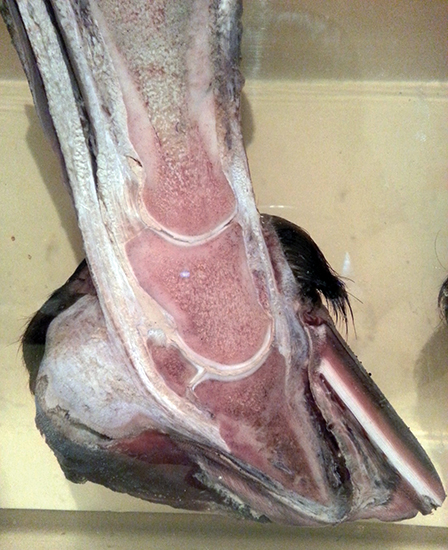
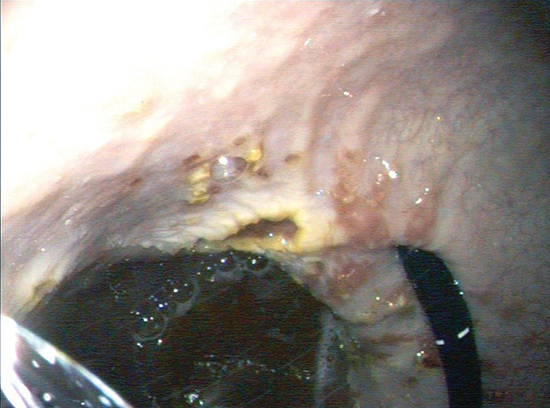
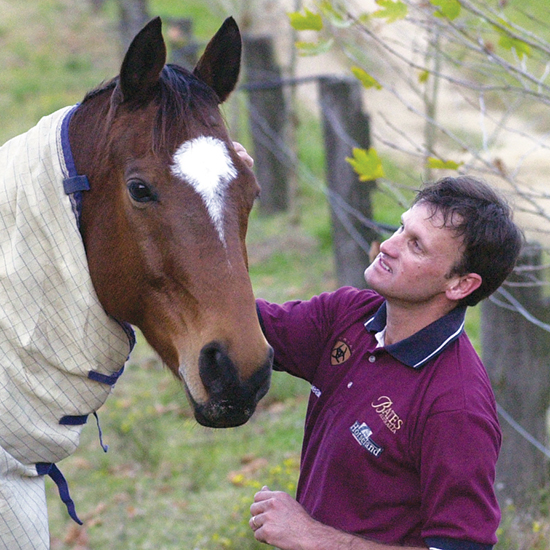
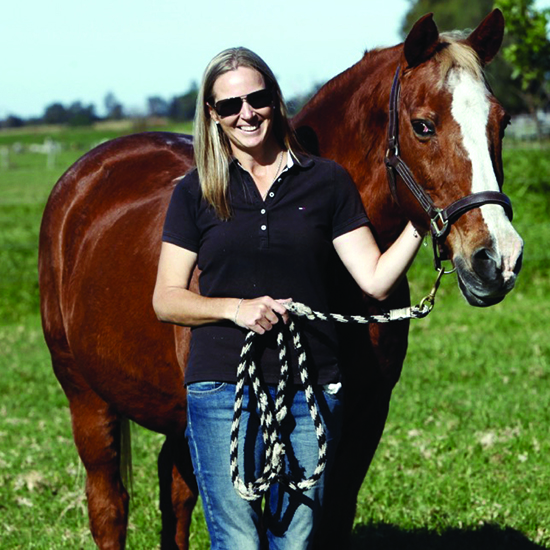
THANK YOU I have a older pony in mid 20s I am working so hard at putting weight on her, the vet is helping with visits and checking her teeth. But I cant seen to get weight on her, he has mentioned her quality of life. I cant think of this now, shes eating drinking and still moving about. I do see weakness in her back legs. But I am hanging in there, hoping I am doing the right thing for her.Saying prayers daily for this ole gal.
My horse, now 30, has had cushings for 2 years. She is on Prascend daily for the Cushings. She also loses weight in huge quantities between Winter and Spring/Summer. She looks good and then loses a lot of weight suddenly. I put her on “Step 8” for 2 years running and it helps her pick up weight. My other horse, also 30, has suddenly begun having trouble walking. I am worried that she now has laminitis. Ferrier is coming tomorrow and the vet in a week, for regular visit and blood tests, both horses. Wish me luck. They may be old, but I have had them (and they me) for 29 years.
I just got an older horse, I call him my buddy. I’m working on getting him back in shape, we need to respect gods lovely creatures. THE. HORSE
PLEASE respect older horses.
I currently have a beautiful 36-year-old quarter horse at my farm. We call her our old lady. She gets out every day on pasture and is fed good Kalmbach feed twice daily and alpha cubes with beet pulp watered down for her. She does drink a lot of fresh water and goes through about one mineral salt block every other week. Just when you think she is old, she gets her back end up to kick at the young goats at the farm that sometimes irritate her. People often ask, “How long do horses live?” my response, “Very long, if you take care of them.”
I bought a quarter horse and was told she was in her mid teens. I’ve had her a year and have had no problems, except she don’t like to be ridden much at all. She is very friendly and gentle even loving.. and stubborn.. She had been abused and neglected, emaciated, and sold to a slaughter house.Somebody saw fit to rescue this beautiful horse from the slaughter house and nurse her back to health. I purchased her from the second owner since the rescue. Both owners got rid of her because of her stubbornness and refusal to ride.She developed an abscess on her hoof and went lame for some reason, I called the vet who doctored her up. The vet told us that she was over 22 years old and possibly in her late 20’s. We have been doctoring her for over a week now. She is limping and having trouble with her left back hip. She developed some injuries falling and getting back up. She is now laying down a lot but able to get back up with a good amount of struggle. The last thing I want to do is put my Beauty down. She is the first horse I have ever owned. But the last thing I want to do is continue to watch her suffer.. Her vet is coming back our in 3 days, She will give me the facts of her prognosis for her future and we will decide then.. Please pray for my beautiful horse.